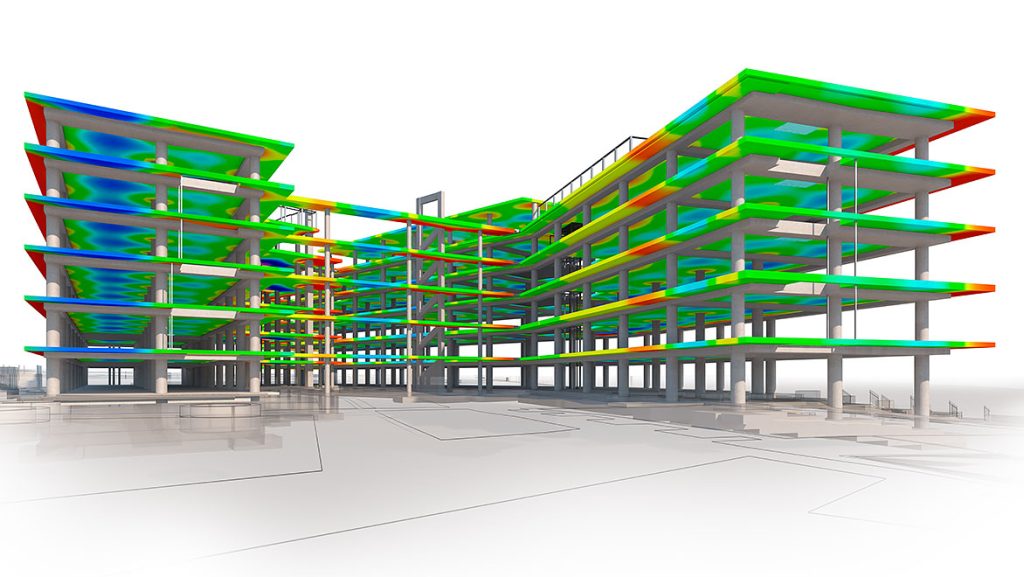Building Information Modeling (BIM) has revolutionized the architecture, engineering, and construction (AEC) industry. By creating digital representations of buildings and infrastructure, BIM enables teams to collaborate more effectively, improve efficiency, and reduce costs. Here are some best practices to ensure you’re getting the most out of BIM:

1. Establish a Clear BIM Execution Plan (BEP)
- Define goals and objectives: Clearly outline the desired outcomes of using BIM on your project.
- Assign roles and responsibilities: Determine who will be responsible for different BIM tasks and ensure clear communication.
- Select appropriate BIM software: Choose software that aligns with your project’s specific needs and integrates with other tools.
- Set standards and guidelines: Establish consistent standards for data formats, naming conventions, and modeling practices.
2. Leverage BIM Throughout the Project Lifecycle
- Start early: Implement BIM from the design phase to capture valuable data and insights.
- Integrate with other processes: Ensure BIM integrates seamlessly with project management, cost estimation, and construction scheduling.
- Utilize BIM for clash detection: Identify and resolve potential conflicts between different building components early in the process.
- Conduct virtual walkthroughs: Use BIM to visualize the completed project and make informed decisions.
3. Ensure Data Quality and Accuracy
- Establish quality control processes: Regularly check for errors and inconsistencies in BIM models.
- Use standardized data formats: Adhere to industry-recognized formats like IFC (Industry Foundation Classes) to ensure interoperability.
- Validate data with field measurements: Verify BIM models against physical reality.
4. Foster Collaboration and Communication
- Centralized data management: Use a central repository for BIM models and project data.
- Encourage teamwork: Foster a collaborative environment where team members can share information and ideas.
- Utilize cloud-based solutions: Enable remote access and collaboration for geographically dispersed teams.
5. Continuously Learn and Improve
- Stay updated on BIM trends: Follow industry news and best practices.
- Seek training and development: Invest in training for your team to improve BIM skills.
- Leverage BIM analytics: Use data from BIM models to identify areas for improvement and optimize processes.
By following these best practices, you can maximize the value of BIM on your projects and achieve better outcomes in terms of quality, efficiency, and cost-effectiveness.
